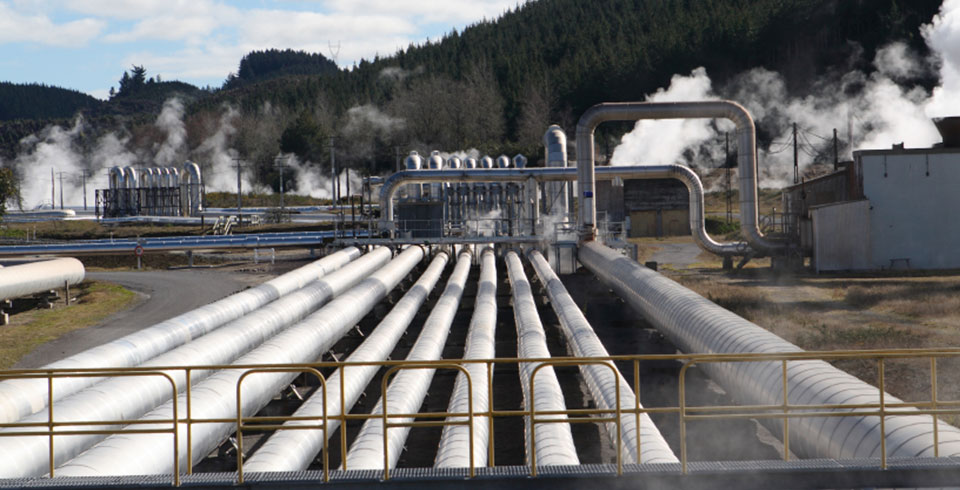
Harnessing the earth’s energy to produce heat and power is no simple feat. This dynamic process, known as geothermal energy production, leans heavily on the technological prowess of modern equipment. Central to this equipment is a seemingly humble component: wires and cables. In this article, we explore the types of wires and cables that geothermal applications use, understand their roles in residential and industrial settings, and highlight their crucial role in harnessing energy effectively and safely.
Types of Wires and Cables for Geothermal
For geothermal systems to function efficiently, they require specialized wires and cables capable of withstanding extreme temperatures, moisture, and corrosive environments. Key among these are:
- High-Temperature Cables: Designed to endure the heat of geothermal reservoirs, these cables maintain integrity even when submerged in hot water or steam.
- Corrosion-Resistant Cables: These are specially treated to resist corrosion from the minerals and gases found deep within the earth.
- Sealed Cables: These cables come with specialized seals to prevent moisture ingress and ensure longevity.
Residential Geothermal Applications
Geothermal energy isn’t just a massive industrial player; it’s increasingly becoming a household name, quite literally.
- Heating and Cooling Systems: Many modern homes employ geothermal heat pumps, systems that extract or dissipate heat from the ground to either warm or cool the residence. Wires and cables connect the various components of these systems, transferring power and data to ensure optimal operation.
- Hot Water Production: Residential geothermal systems can also heat water for household use. Here, cables are essential for transmitting energy and regulating the system.
Industrial Geothermal Applications
On the grander scale, geothermal energy serves as a powerful industrial asset, powering entire communities and industries.
- Power Plants: Geothermal power plants convert hydrothermal fluids to electricity. Wires and cables are crucial in these setups, linking turbines, generators, and transformers. They carry both raw geothermal energy and converted electrical power.
- Direct Use Applications: In industries where heat is directly harnessed from geothermal sources—for processes like drying crops or warming greenhouses—cables play a role in temperature regulation, monitoring, and power distribution.
The Crucial Role of Wires and Cables
The geothermal process, while harnessing natural energy, is highly dependent on precise and efficient equipment. Wires and cables are the lifelines of this equipment. They ensure:
- Continuous Energy Transfer: Efficient energy transmission from source to end-use.
- Safety: Properly insulated and designed cables mitigate risks of electrical failures or accidents.
- System Regulation and Monitoring: Through cables, data is transmitted that aids in monitoring and regulating the geothermal system’s performance.
Conclusion
In wrapping up, as the world leans more into sustainable energy sources, geothermal applications continue to expand in both residential and industrial domains. The unsung heroes—wires and cables—work silently in the background, ensuring these systems run seamlessly. Their resilience, adaptability, and reliability underscore their importance, making them indispensable assets in the geothermal energy landscape. As we tap deeper into the earth’s energy, the quality and efficiency of these connectors will only grow in significance.

